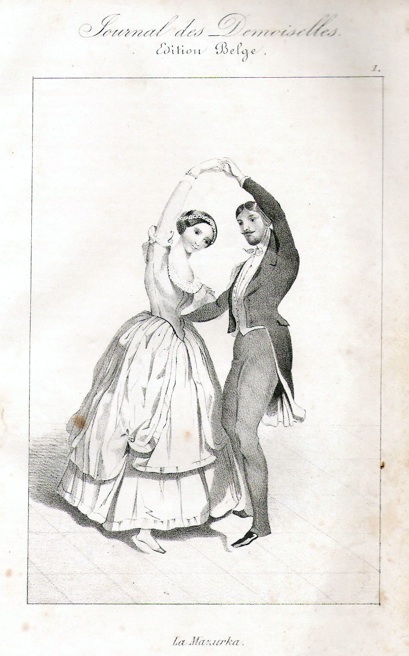Numerology

Mazurka-Chôro
One of many pieces that I learned back when I was an undergraduate, completely forgot about, and then relearned in five minutes. One reason that I set it aside is that I thought I needed to play it about twice as fast as I was playing it—once again, the YouTube revolution allowed me to discover that this was not true, and that, in fact, no one was playing it as fast as I had been trying to.
The “Mazurka-Chôro” is by the Brazilian Heitor Villa-Lobos (the double l is pronounced as a real l, like an Italian villa), whose first composition was titled “Panqueca” (Pancake). That’s Wikipedia for your daily dose of trivia. Villa-Lobos once claimed that he did not—unlike most late Romantic composers—“do” folkloric music. “I am folklore,” he claimed. Part of the reason that the guitar is fundamentally a Romantic instrument (it may also be a romantic instrument, but what I mean is that it belongs to, and most fully fulfilled its essence in, the Romantic era)—part of the reason that the guitar is fundamentally a Romantic instrument is that it is itself a folkloric instrument, an instrument that has always been cheap and popular and close to the people. So when Romanticism really got into full swing, it was able to capitalize on the movement’s love of—or possible invention of—“authentic” folk culture, like the mazurka. Villa-Lobos, in this piece, combines the mazurka sound and feel (the definitive feature of a mazurka is its rhythm) with the structure of a choro, a native Brazilian popular style of music. This is what made him the pre-eminent composer of South America: his ability to fuse, apparently effortlessly, European models and his Brazilian roots.
Like the typical choro, the work is divided into three sections, and each section changes key. The overall pattern is that of a rondo, AABBACCA. The main section (A) is in A minor; the next section (B) switches to the relative major, C major; the third section (C) switches from A minor to A major. The most remarkable feature of this piece, however, is its very fast, arpeggiated coda, running pretty much the whole range of the guitar.
Saturday, August 24, 2013
